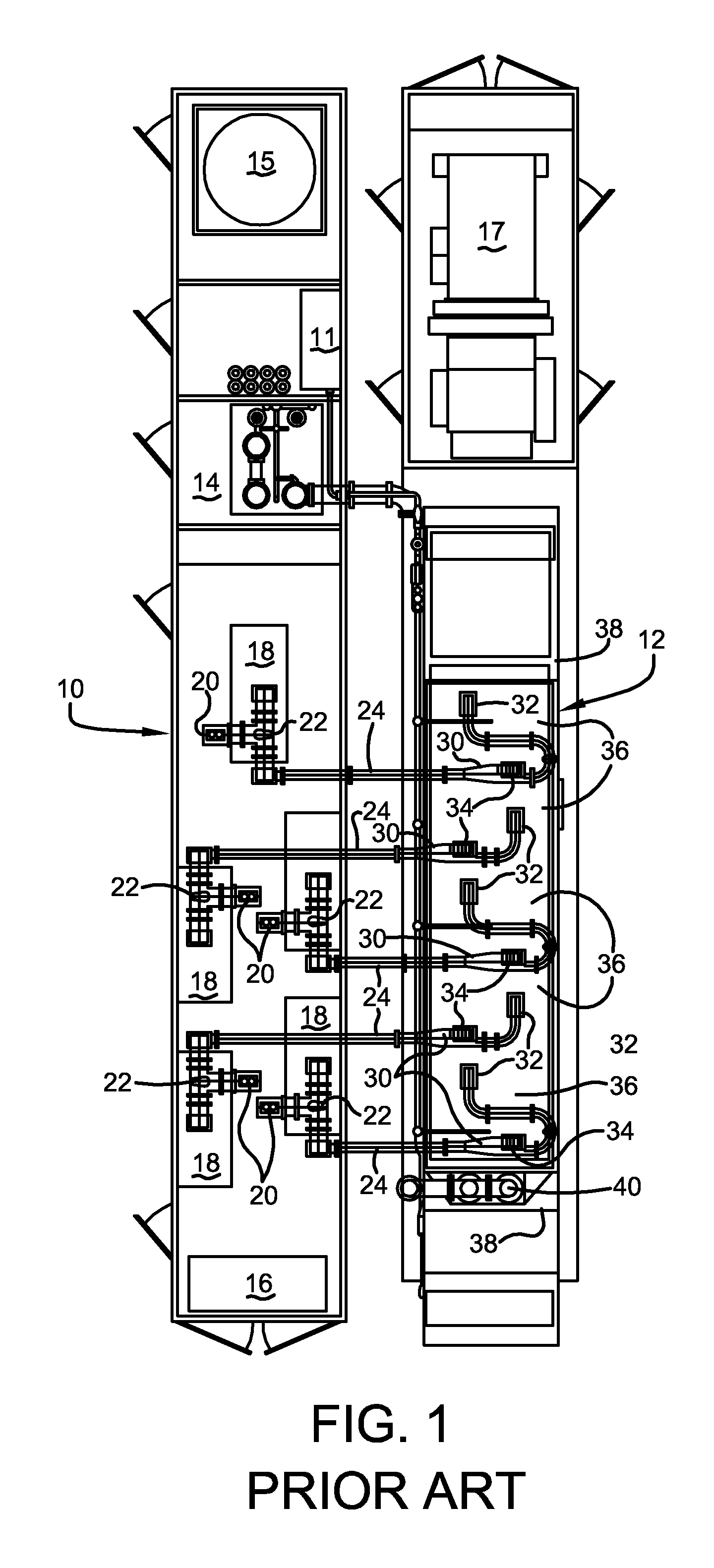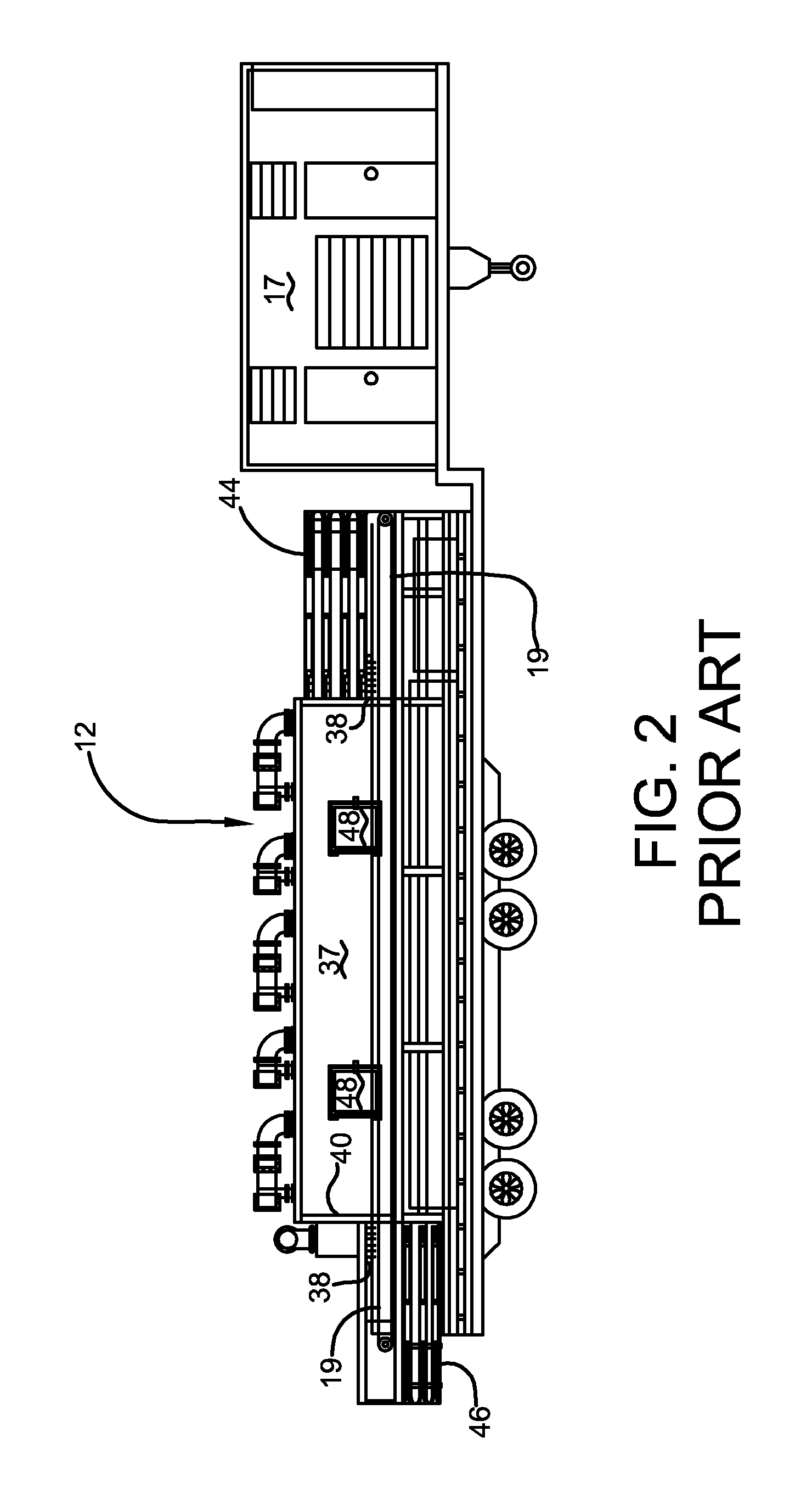Method and apparatus for microwave dissociation of organic compounds
a microwave dissociation and organic compound technology, applied in organic chemistry, chemistry apparatus and processes, electric/magnetic/electromagnetic heating, etc., can solve the problems of increased loss factor, increased material heat generation, and products of decomposition with even higher loss factor, so as to improve improve the effect of microwave absorption and thermally conductive techniques
- Summary
- Abstract
- Description
- Claims
- Application Information
AI Technical Summary
Benefits of technology
Problems solved by technology
Method used
Image
Examples
Embodiment Construction
[0035]The best mode for carrying out the invention will now be described for the purposes of illustrating the best mode known to the applicant at the time of the filing of this patent application. The examples and figures are illustrative only and not meant to limit the invention, which is measured by the scope and spirit of the claims.
[0036]The scrap tire material received from the scrap tire processing plant is typically shredded in randomly sized pieces from ½ inch (12.7 mm)×½ inch (12.7 mm) to about 1 inch (25×4 mm)×1 inch (25.4 mm), usually containing all of the steel associated with the scrap tires. Some scrap tire shredders will remove about 60% of the steel, as part of the scrap tire processing for crumb rubber applications. This invention can process shredded scrap tire material with or without the steel Laboratory data indicates that the overall microwave process efficiency increases approximately 10-12% with the reduced steel content in the scrap tire material, due to red...
PUM
 Login to View More
Login to View More Abstract
Description
Claims
Application Information
 Login to View More
Login to View More - R&D
- Intellectual Property
- Life Sciences
- Materials
- Tech Scout
- Unparalleled Data Quality
- Higher Quality Content
- 60% Fewer Hallucinations
Browse by: Latest US Patents, China's latest patents, Technical Efficacy Thesaurus, Application Domain, Technology Topic, Popular Technical Reports.
© 2025 PatSnap. All rights reserved.Legal|Privacy policy|Modern Slavery Act Transparency Statement|Sitemap|About US| Contact US: help@patsnap.com



